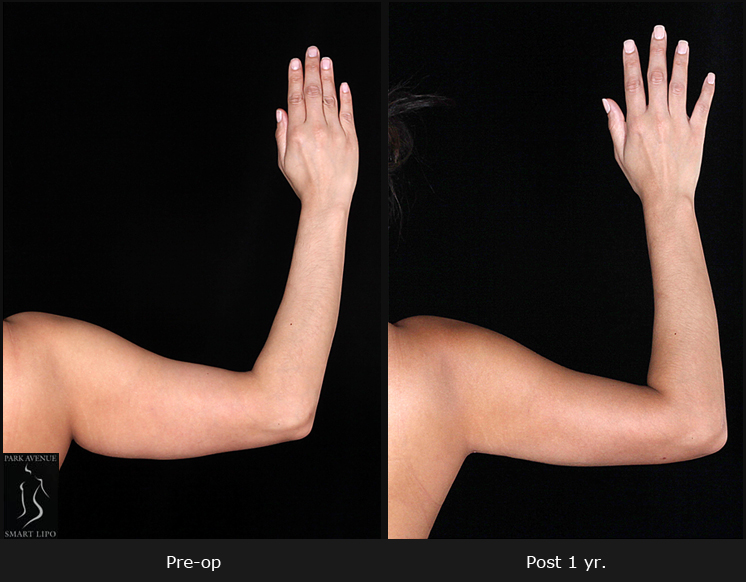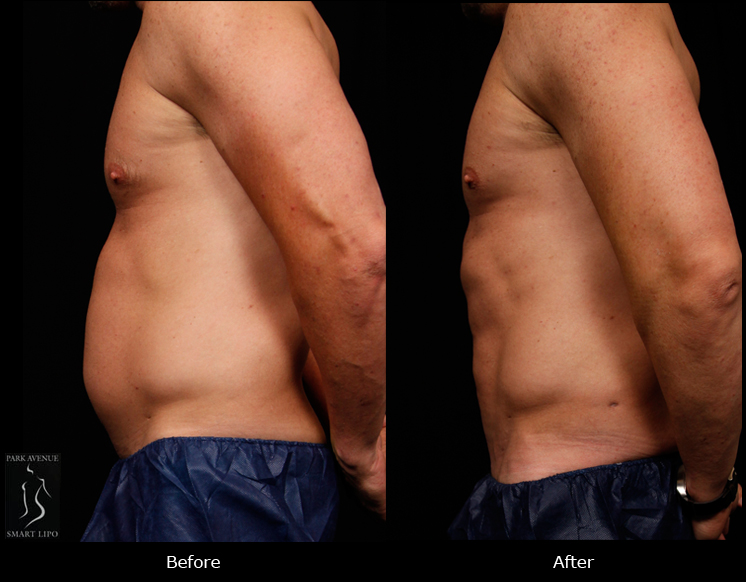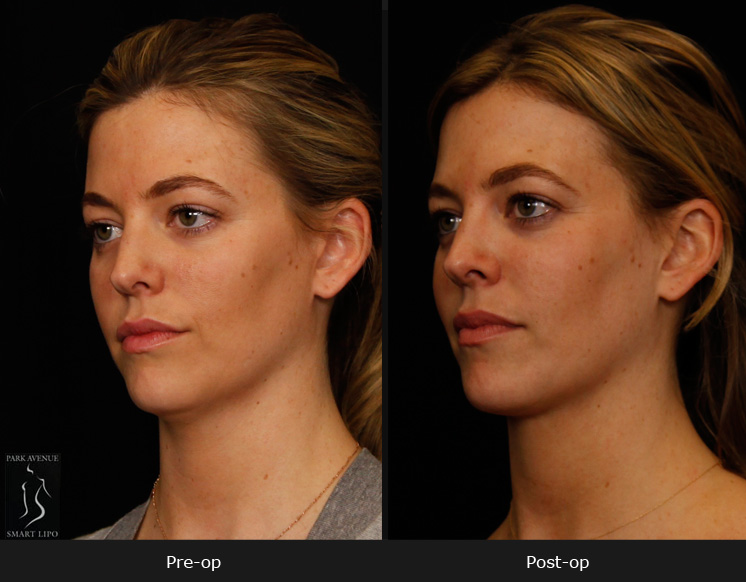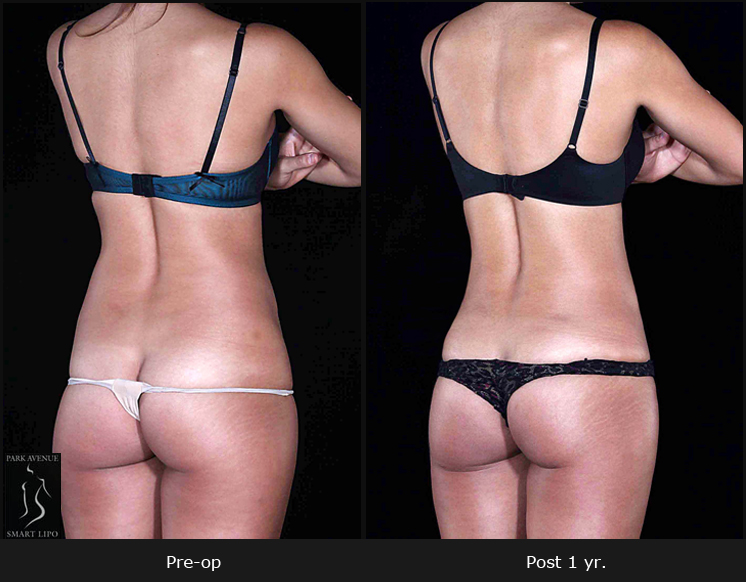The aim of liposuction surgery is to remove excess fat that is resistant to diet and exercise. However, one important question that patients often ask is: ‘what is the maximum amount of fat that can be safely removed?’ It is stressed that patients should have realistic expectations about this as lipolyis is not a solution for weight loss and is only intended to remove localized deposits of fat. Now, Science Daily reports that new study published in the September issue of Plastic and Reconstructive Surgery indicates that though there is no hard-and-fast rule as to how much liposuction is safe, the answer lies in the patient’s body mass index (BMI).
According to current American Society of Plastic Surgeons (ASPS) guidelines define 5,000 milliliters (five liters) as “large-volume liposuction” which is potentially linked with a high risk of complications. However, there is no scientific data that supports this.
The new study is based on data pertaining to more than 4,500 liposuction patients. The researchers evaluated the relationship between liposuction volume and complication risk, including links to the patient’s BMI, and came up with some interesting findings:
- The average liposuction volume was about two liters
- The overall complication rate was 1.5 percent with only a very few serious complications and no deaths
- Seroma or fluid collection requiring drainage was among the most common complications
- Those who had large volume liposuction of about 3.4 liters and higher BMIs had complications – for “large-volume” liposuction of more than five liters the overall complication rate was 3.7 versus 1.1 percent
- The complication rate was found to be lower in patients with higher BMIs who had a greater liposuction volume. This meant that obese patients may tolerate large volume lipo without higher risk of complications
- In contrast, patients with lower BMIs who had higher liposuction volumes experienced a “more exponential increase in risk”
It is for the first time that a study has evaluated the relationship between the patient’s BMI and “safe” liposuction volumes. However, the researchers point out that, besides BMI, other factors such as such as length of surgery, additional procedures, and the patient’s overall health status need to be considered when evaluating liposuction risks.
The lead researcher says that their findings will also help patients and plastic surgeons collaborate better in the decision-making process to make plastic surgery safer and more effective.







